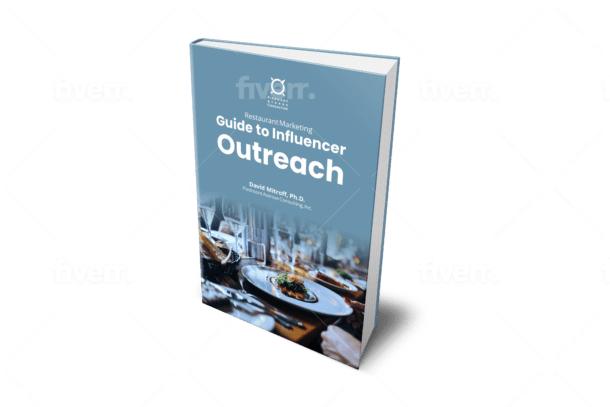Designing a logo goes beyond just mixing colors and shapes; it’s like diving into the human mind. Think of a logo as the welcoming handshake or the first smile from a company. It’s more than just a symbol; it’s a storyteller, an emotion stirrer, and a memory maker. For any business dreaming of making a mark, grasping the psychology behind logo design is a game-changer.
The Power of First Impressions
Picture a logo as the welcoming face of a brand, extending a warm greeting to all who encounter it. It’s the initial spark of interest and the enduring impression that stays with you.
A skillfully designed logo acts much like a dependable companion, portraying the business in a light that’s both polished and professional. But, if the logo misses the mark, it’s like a missed handshake – potential customers might just walk away. The secret sauce? Create a professional logo, no experience needed, with Looka’s logo maker and craft a logo that truly captures the heart of the brand and warmly reaches out to those it’s meant to connect with.
Simplicity is Key
The most effective logos are often the simplest. Think of the Nike swoosh or the Apple apple. These logos are simple, but they’re also iconic. They’re easy to recognize and remember. A simple logo is also versatile. It can work across various mediums, from business cards to billboards.
The Importance of Typography
The font in a logo is like the tone of voice in a conversation – it says a lot about the character. Serif fonts, such as Times New Roman, are like the wise old books in a library, evoking a sense of tradition and reliability. Sans-serif fonts, like Helvetica, are the clean, modern apartments of the font world, sleek and straightforward. The trick is to find a font that not only looks good but feels right for the brand’s personality.
The Role of Cultural Context
In the world of logo design, one size doesn’t fit all, especially when it comes to cultural context. A symbol or color that sings a happy tune in one culture might strike a somber note in another. White, for example, is the color of weddings in the West but is worn at funerals in parts of the East. For brands playing on the global stage, understanding these cultural nuances is key to designing a logo that resonates universally.
Emotional Connection
A great logo does more than just represent a brand; it reaches out and touches hearts. It’s about creating that spark of joy, excitement, or even a sweet wave of nostalgia. When a logo connects emotionally, it transforms casual viewers into loyal fans, turning every encounter into a lasting relationship.
The Role of Memory in Logo Design
The best logos stick in the mind like a catchy tune. They’re the ones that stand out in the sea of sameness with their simplicity and uniqueness. A memorable logo is like a familiar face in a crowd – easy to recognize and hard to forget. The aim is to craft a logo that lingers in the memory, inviting people to come back time and again.
The Impact of Trends
While it’s important for a logo to be timeless, being aware of current design trends can also be beneficial. Trends can offer inspiration and help a logo feel contemporary. However, it’s crucial to balance trendiness with timelessness to ensure the logo doesn’t become outdated quickly.
Brand Consistency
A logo should align with the overall brand identity. This includes the brand’s values, tone, and messaging. Consistency across all branding elements helps reinforce the brand’s identity and makes it more recognizable to the audience.
Understanding the Target Audience
Knowing the target audience is crucial in logo design. A logo should appeal to the people the brand is trying to reach. For instance, a playful and colorful logo might attract a younger demographic, while a more sophisticated, minimalist logo could appeal to a luxury market. Understanding the audience’s preferences, values, and lifestyles helps in creating a logo that resonates with them.
The Psychology of Shapes
Shapes in logo design also carry psychological implications. Circles can convey unity and harmony, making them great for brands promoting community and togetherness. Squares and rectangles suggest stability and reliability, often used by companies wanting to project strength and professionalism. Organic shapes, like curves and spirals, can represent movement and creativity.
The Subtlety of Negative Space
Negative space, the space around and between the subject of an image, can be a powerful tool in logo design. When used creatively, it can add a layer of intrigue and make the logo more memorable. The FedEx logo and its hidden arrow is a classic example of the effective use of negative space.
Conclusion
Designing a logo is an exploration into the realms of psychology, cultural nuances, and artistic expression. It goes beyond mere aesthetics; it’s about sculpting an emblem that captures the essence of a brand’s ethos and strikes a chord with its audience.
A thoughtfully crafted logo transcends being a mere component of branding – it evolves into the brand’s heartbeat, pulsating with each interaction and connection it fosters.







